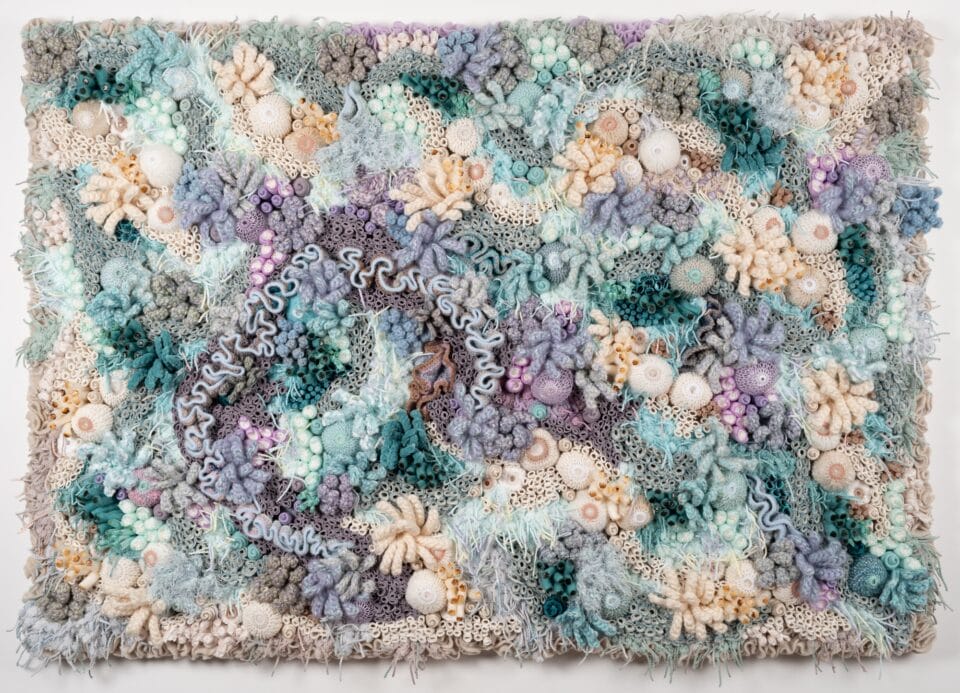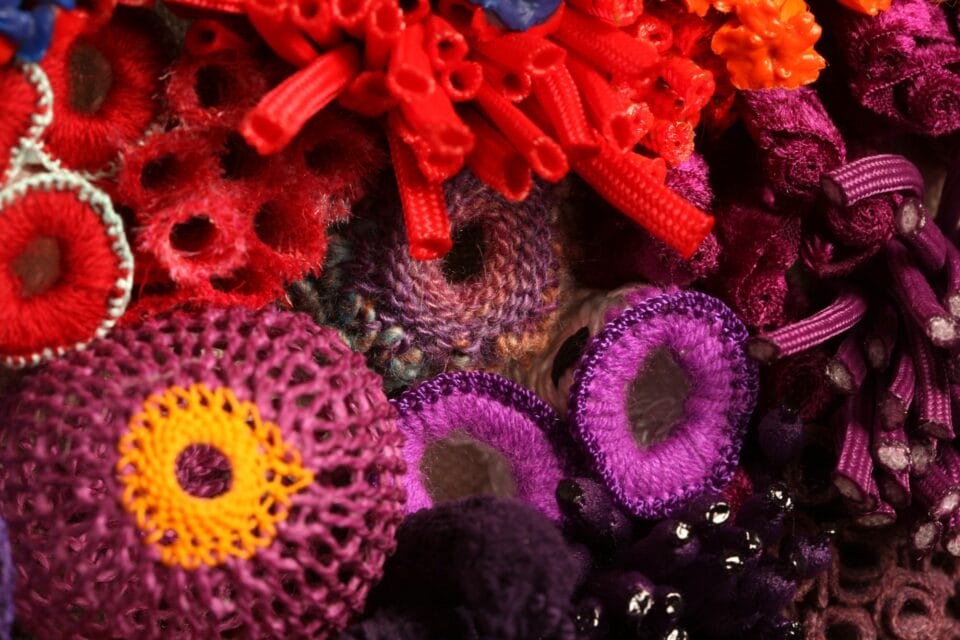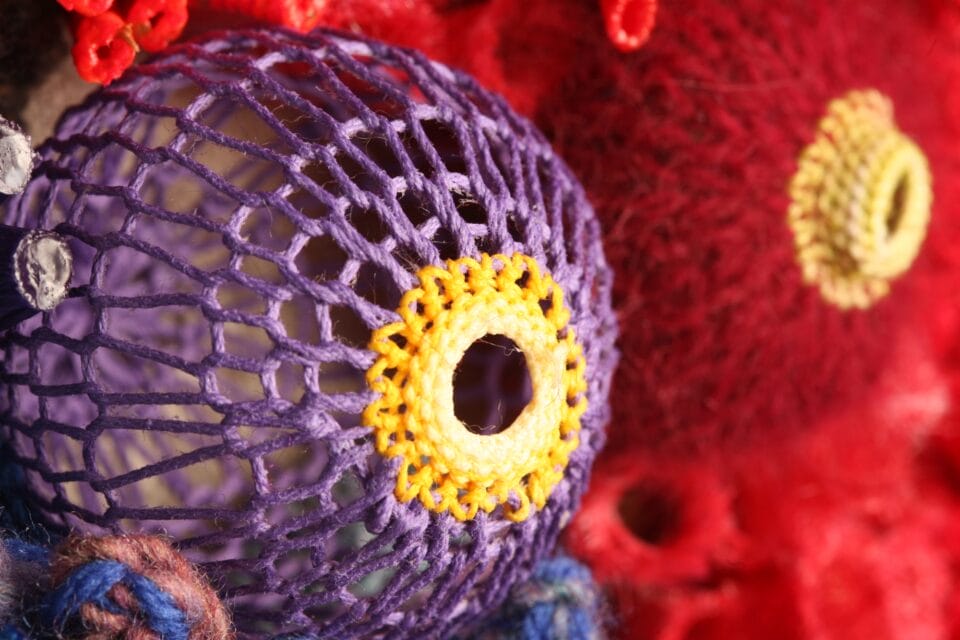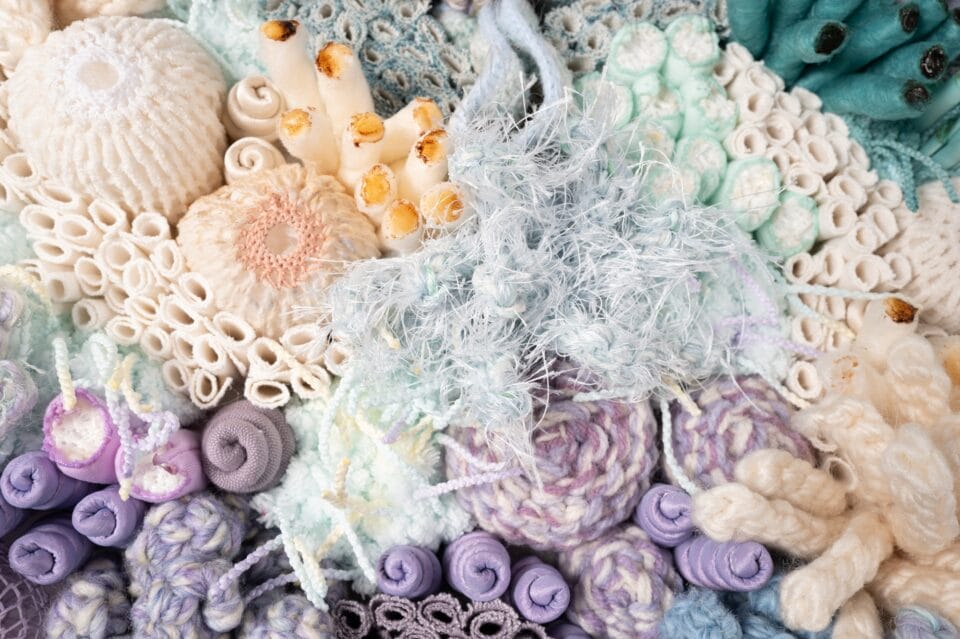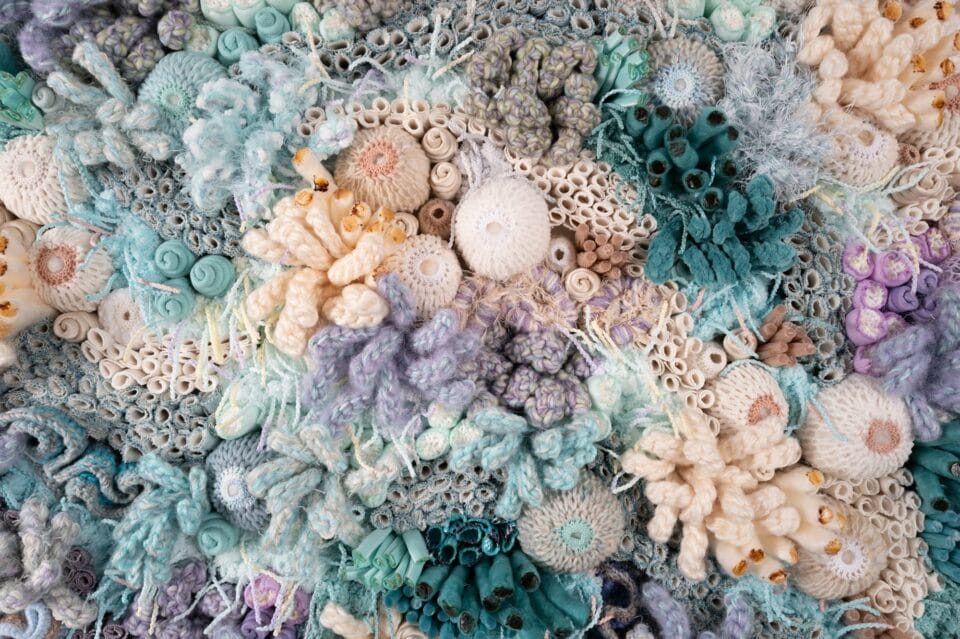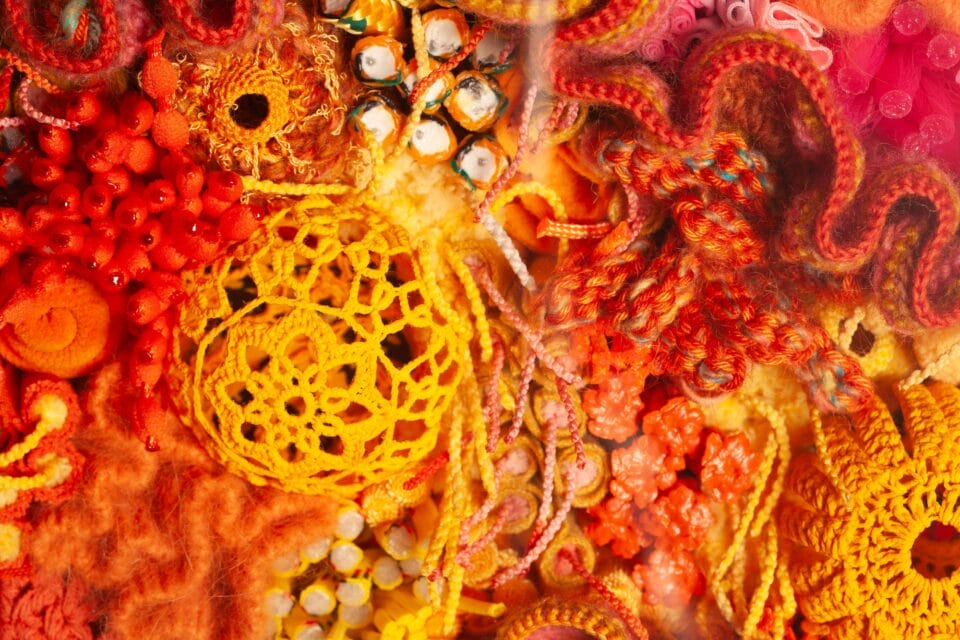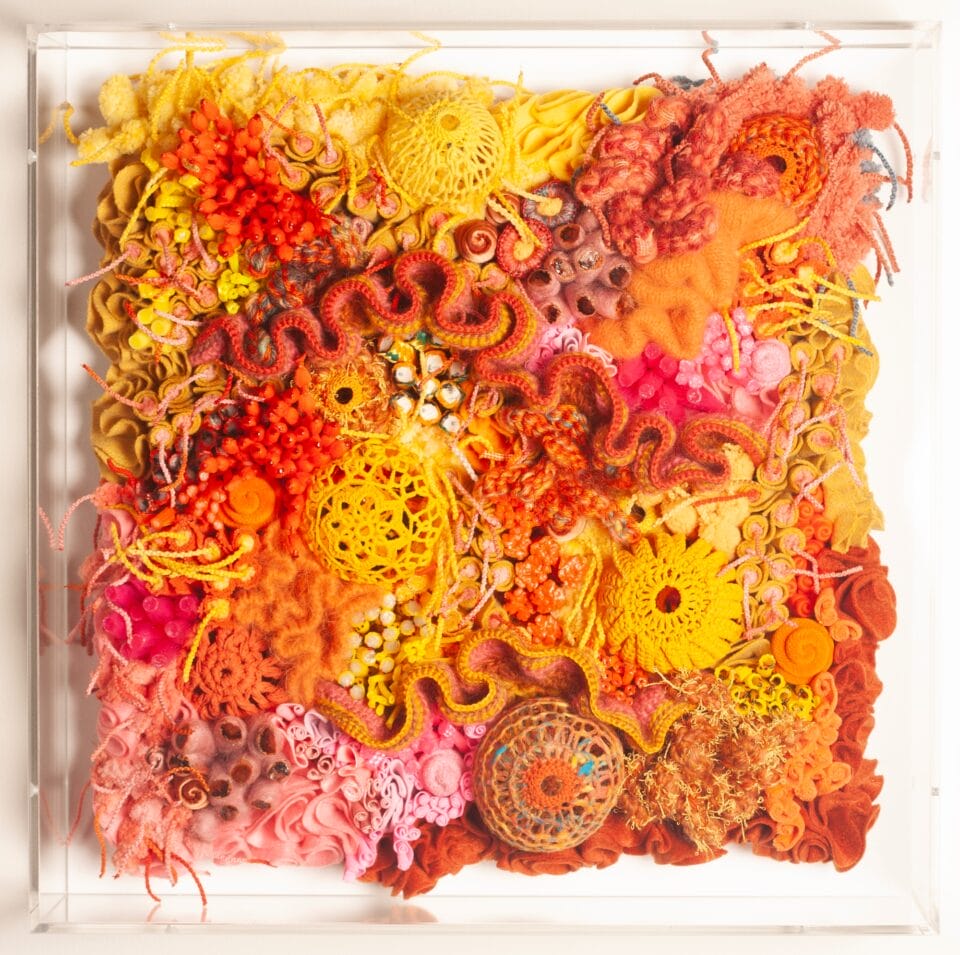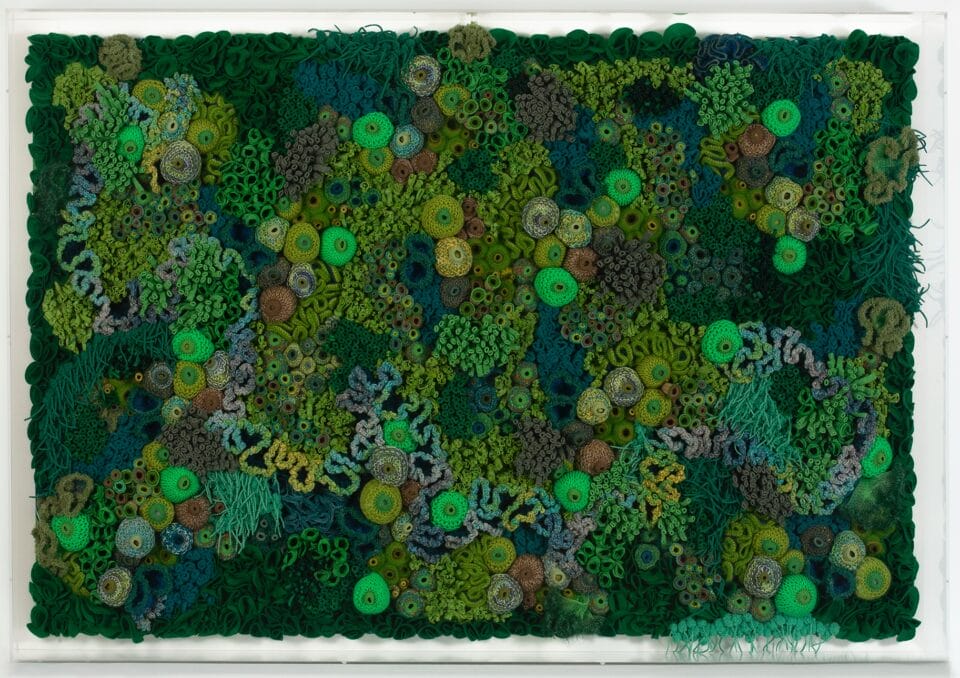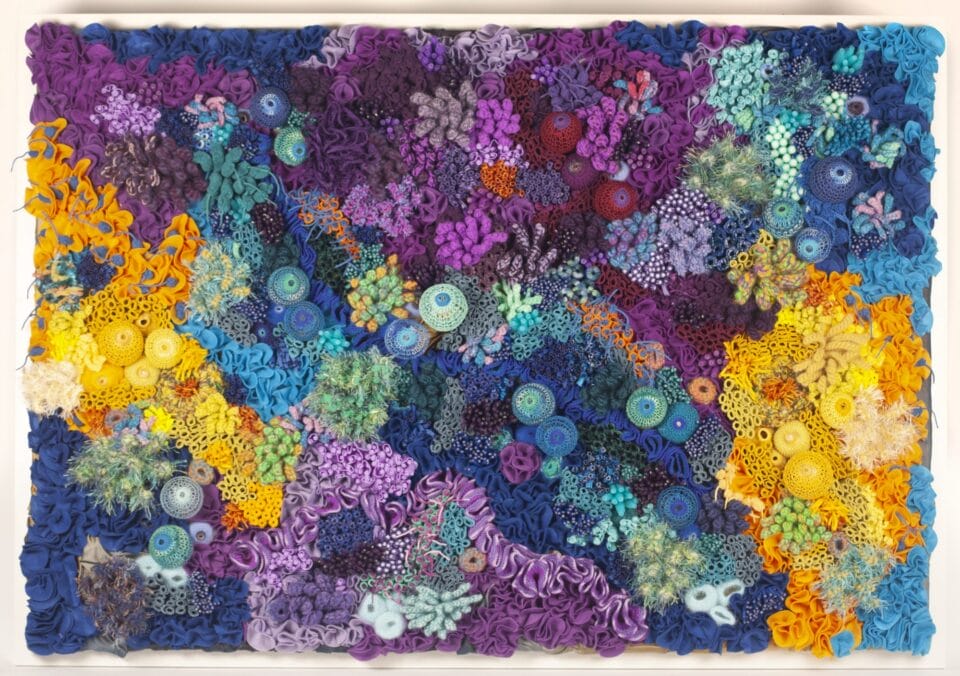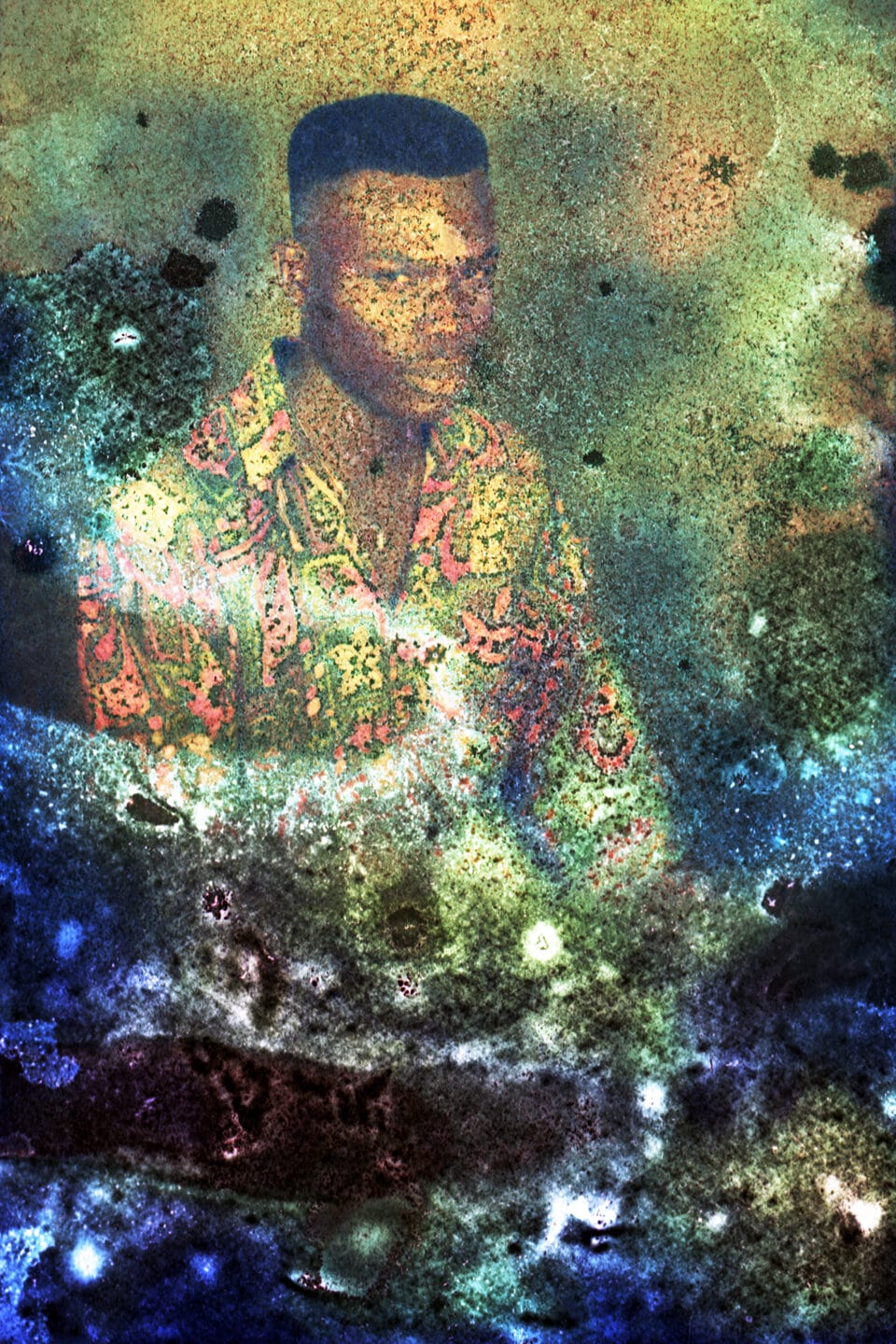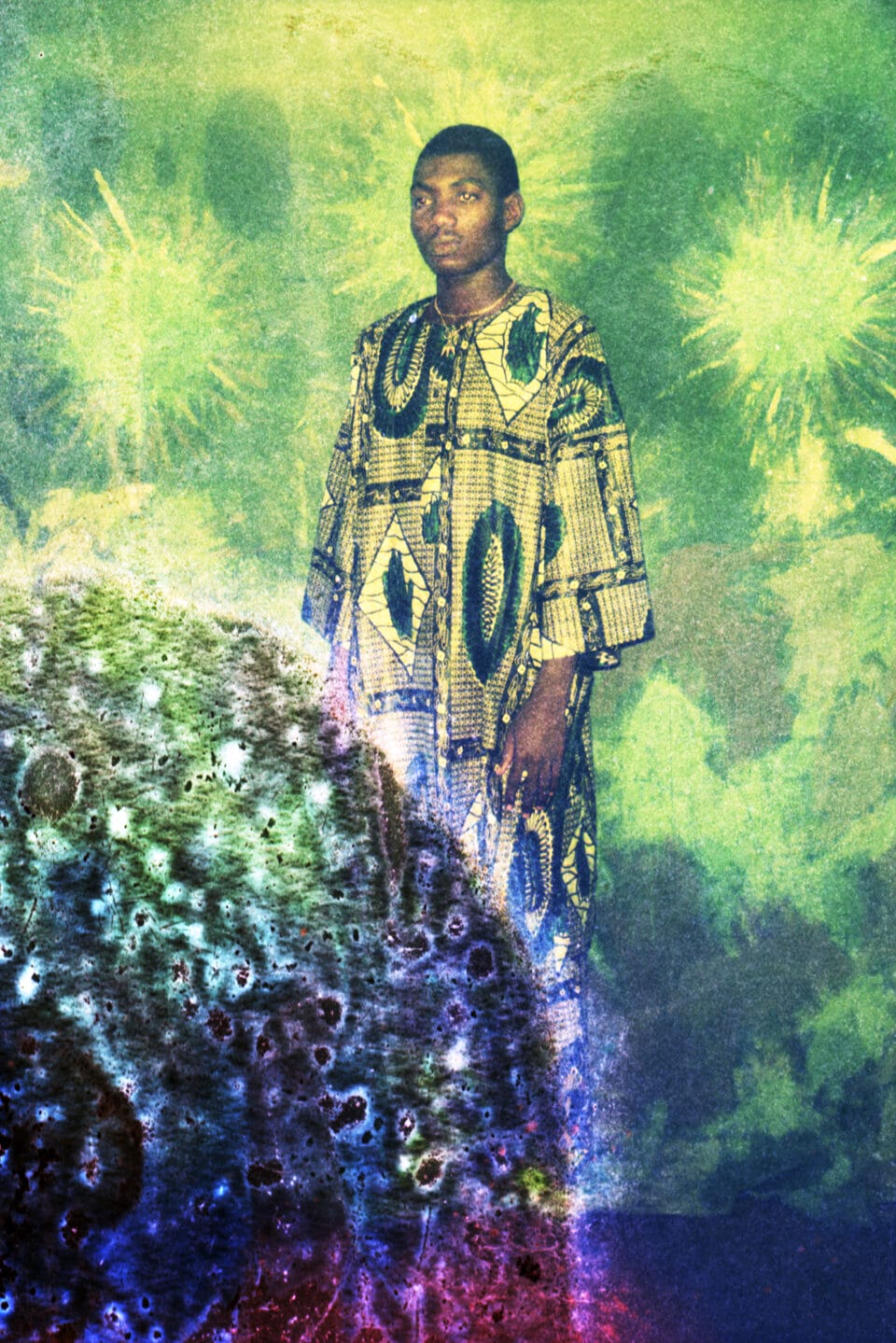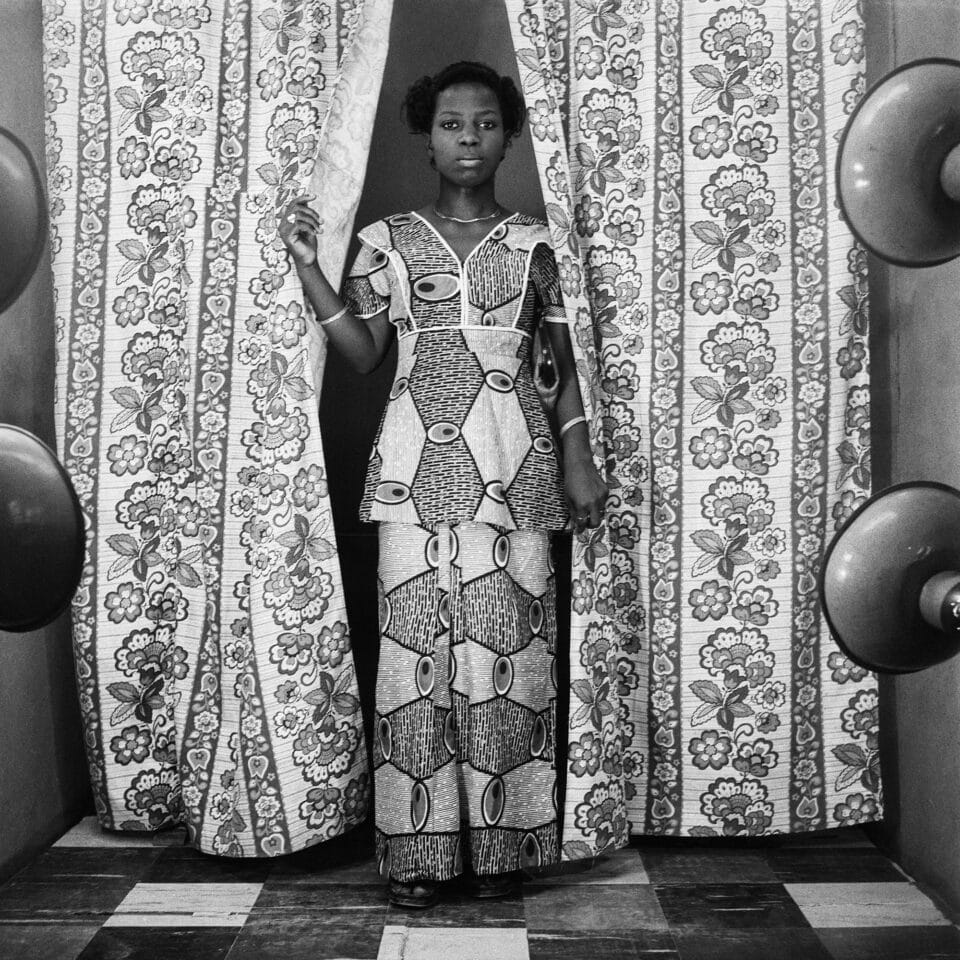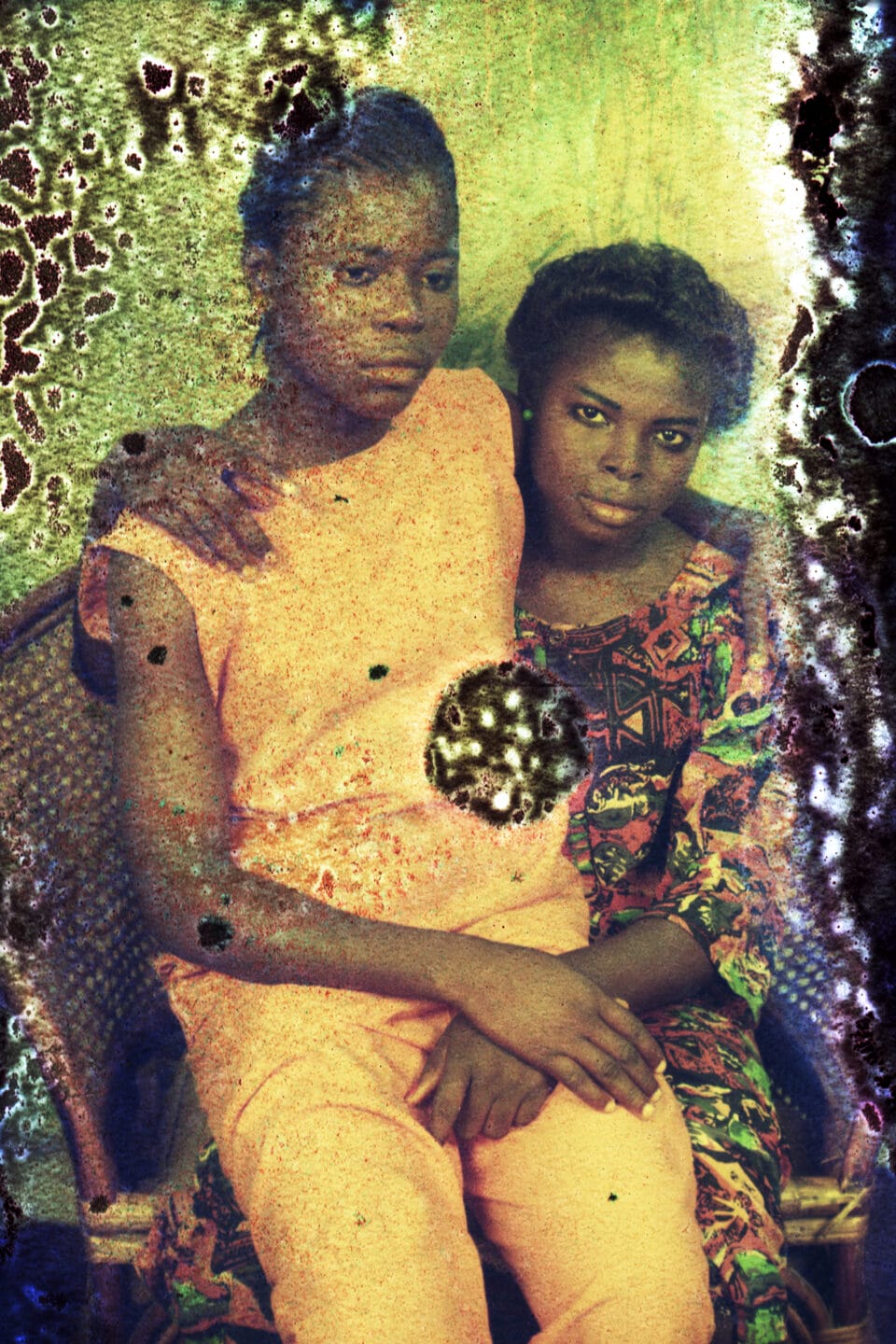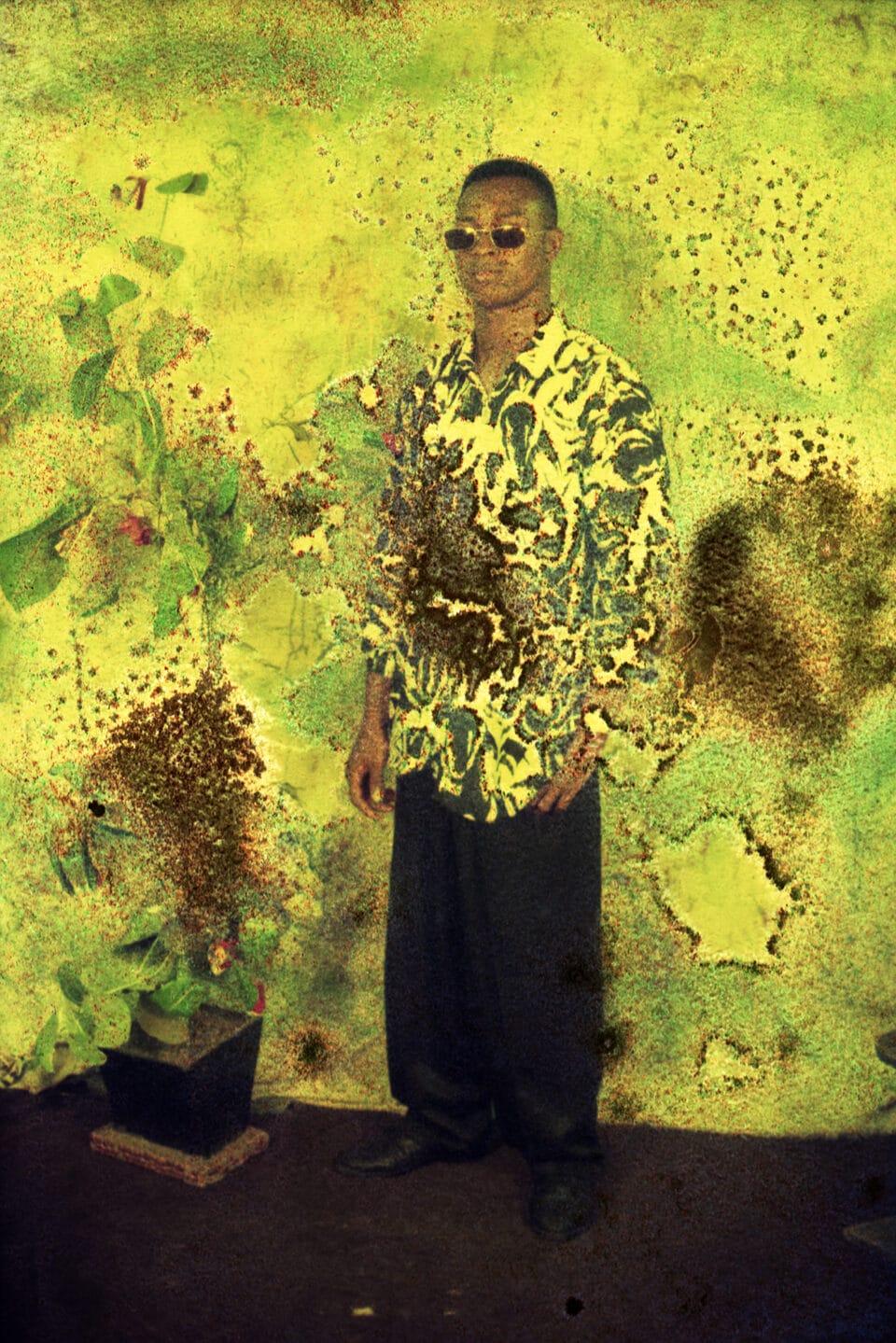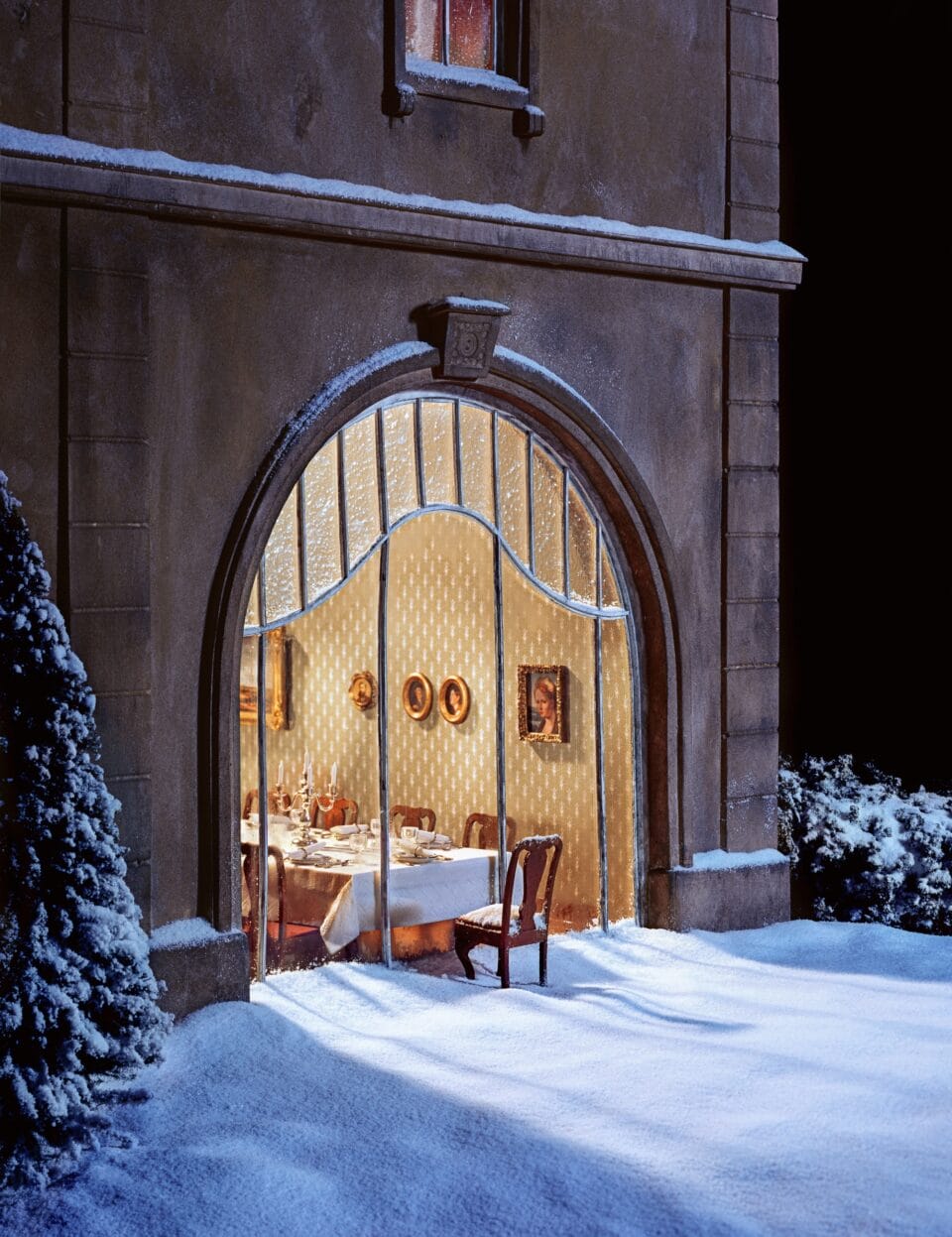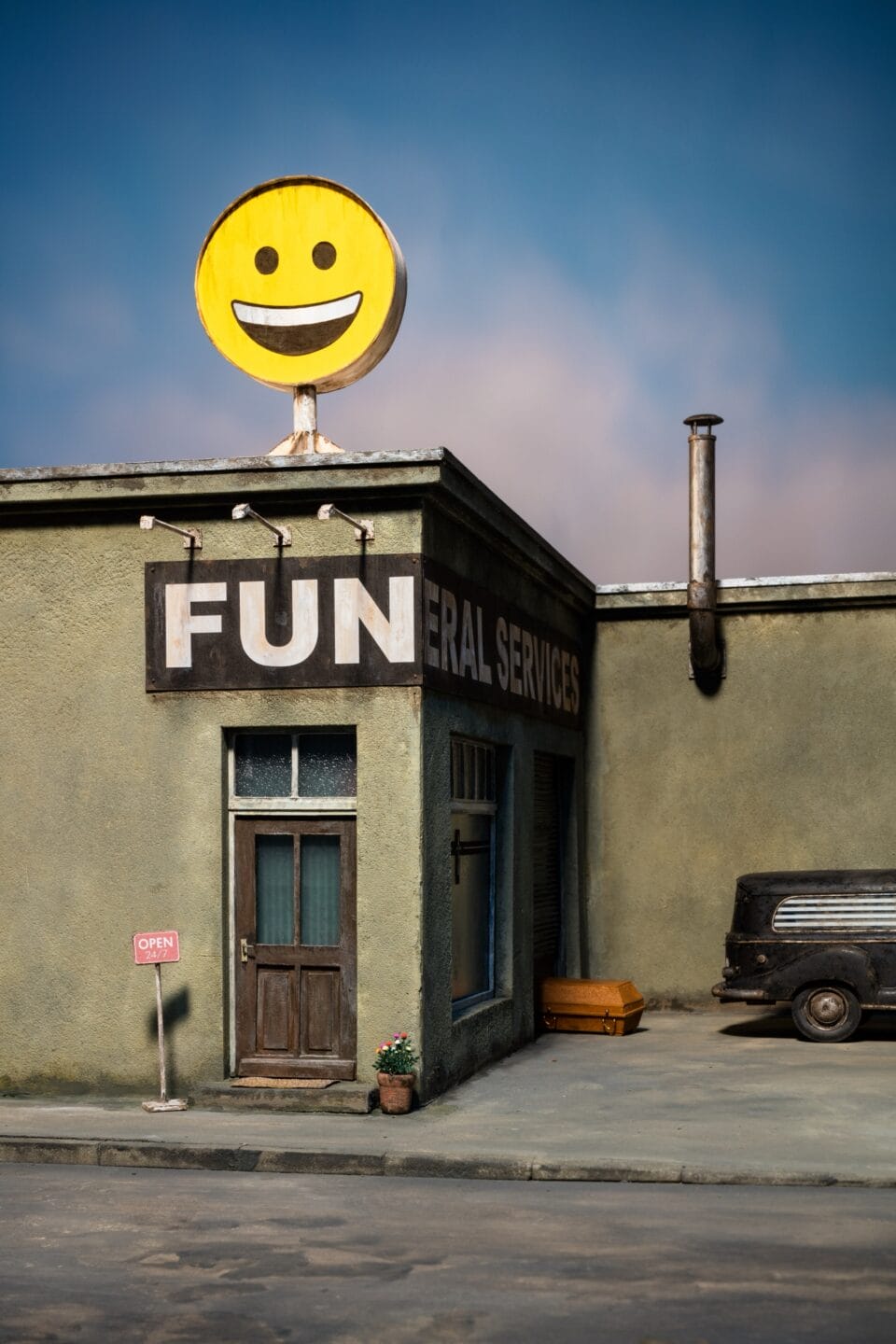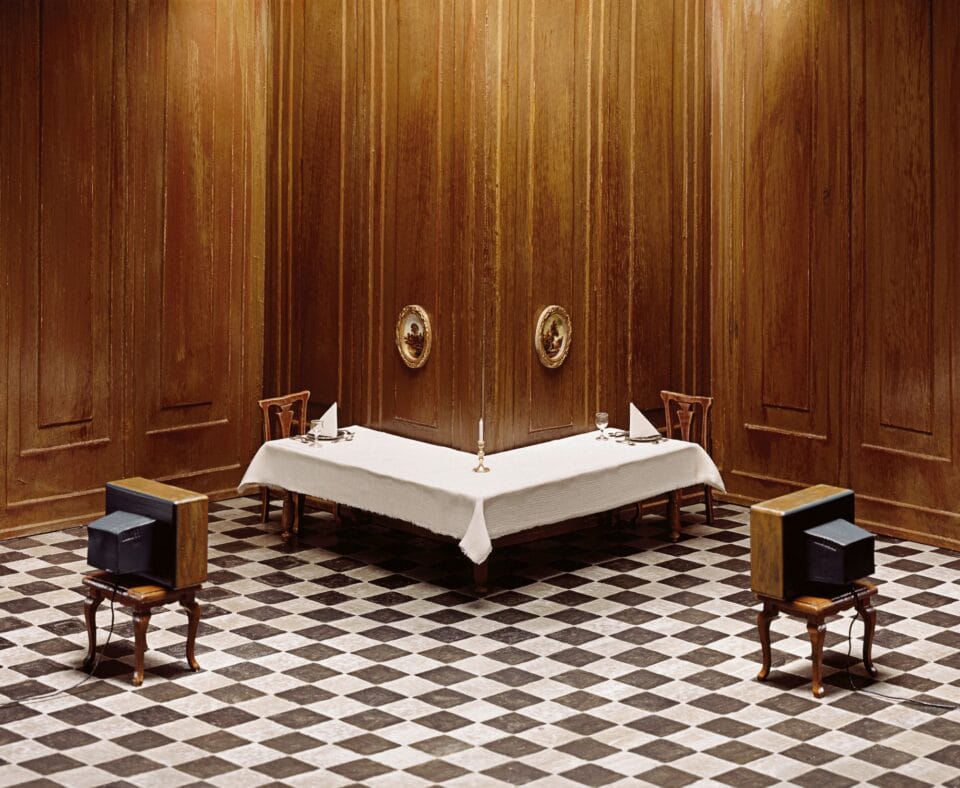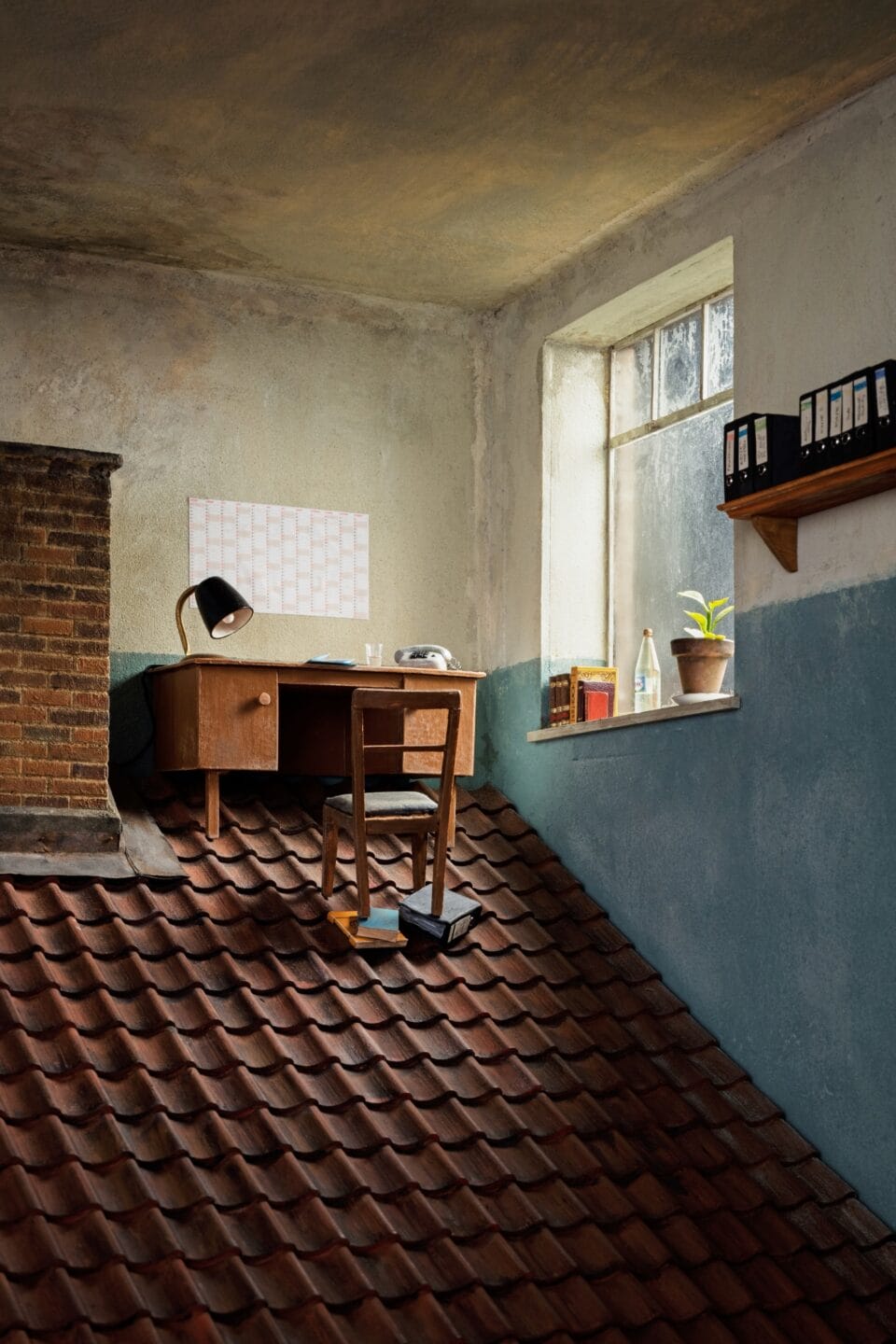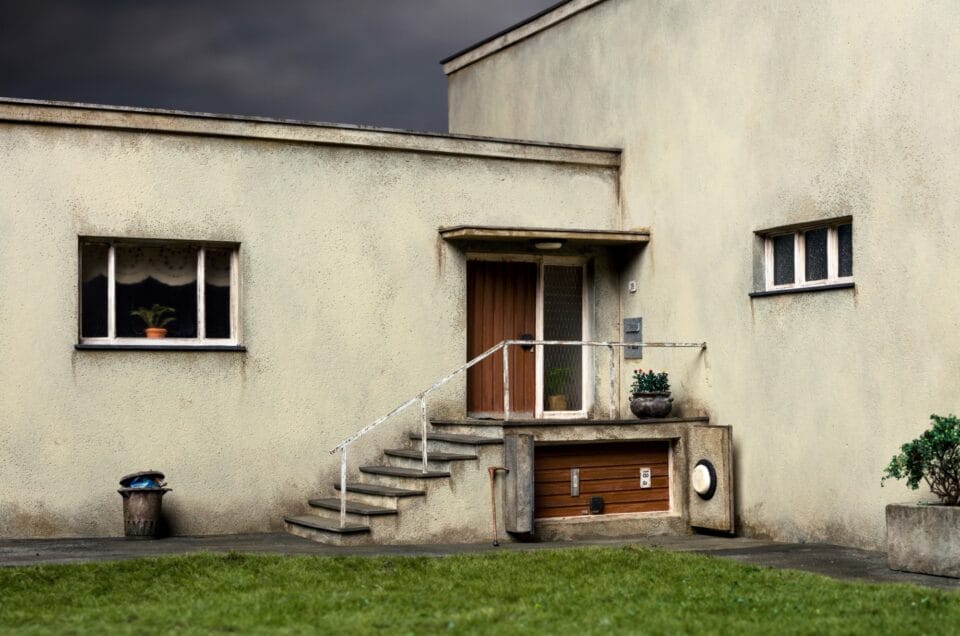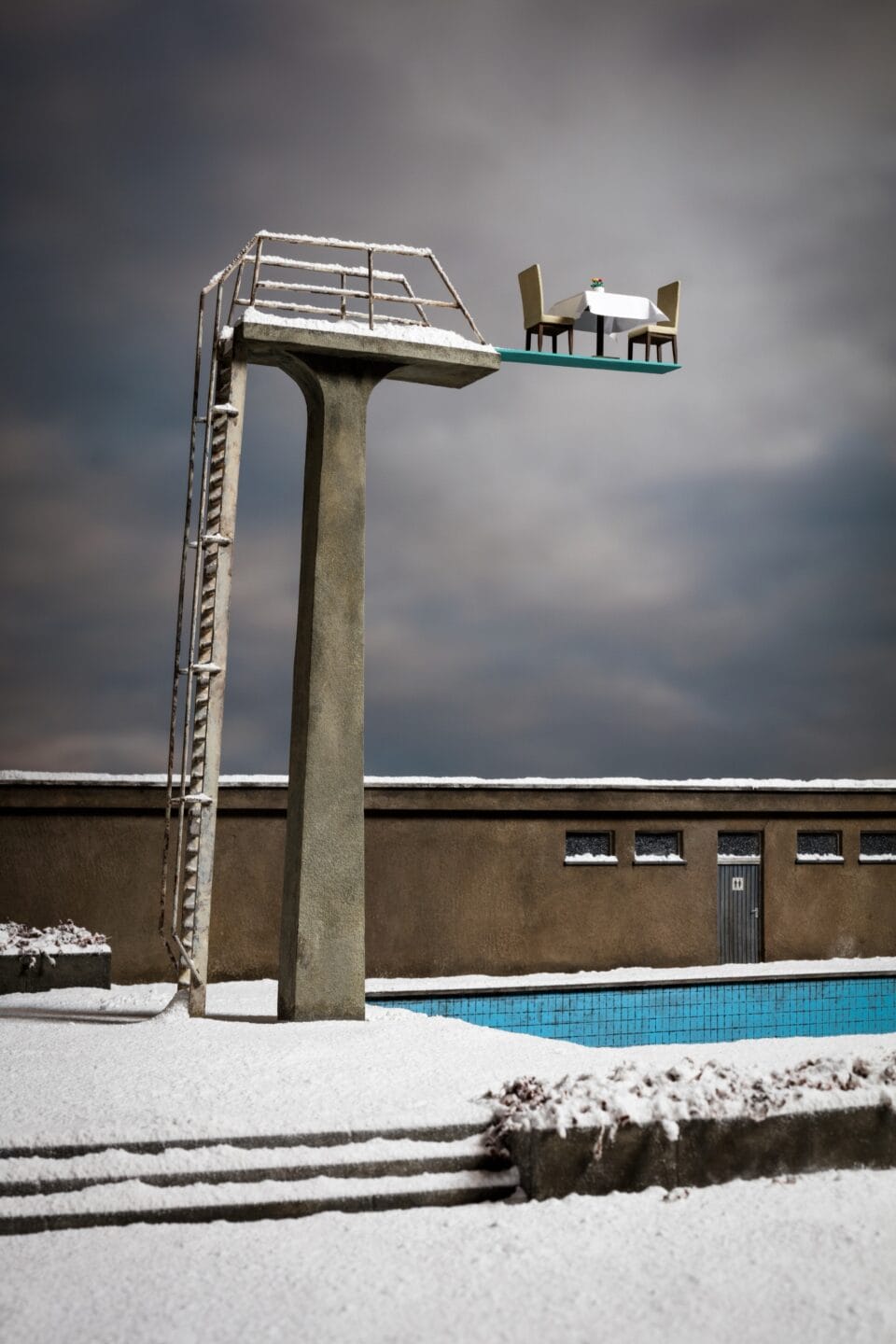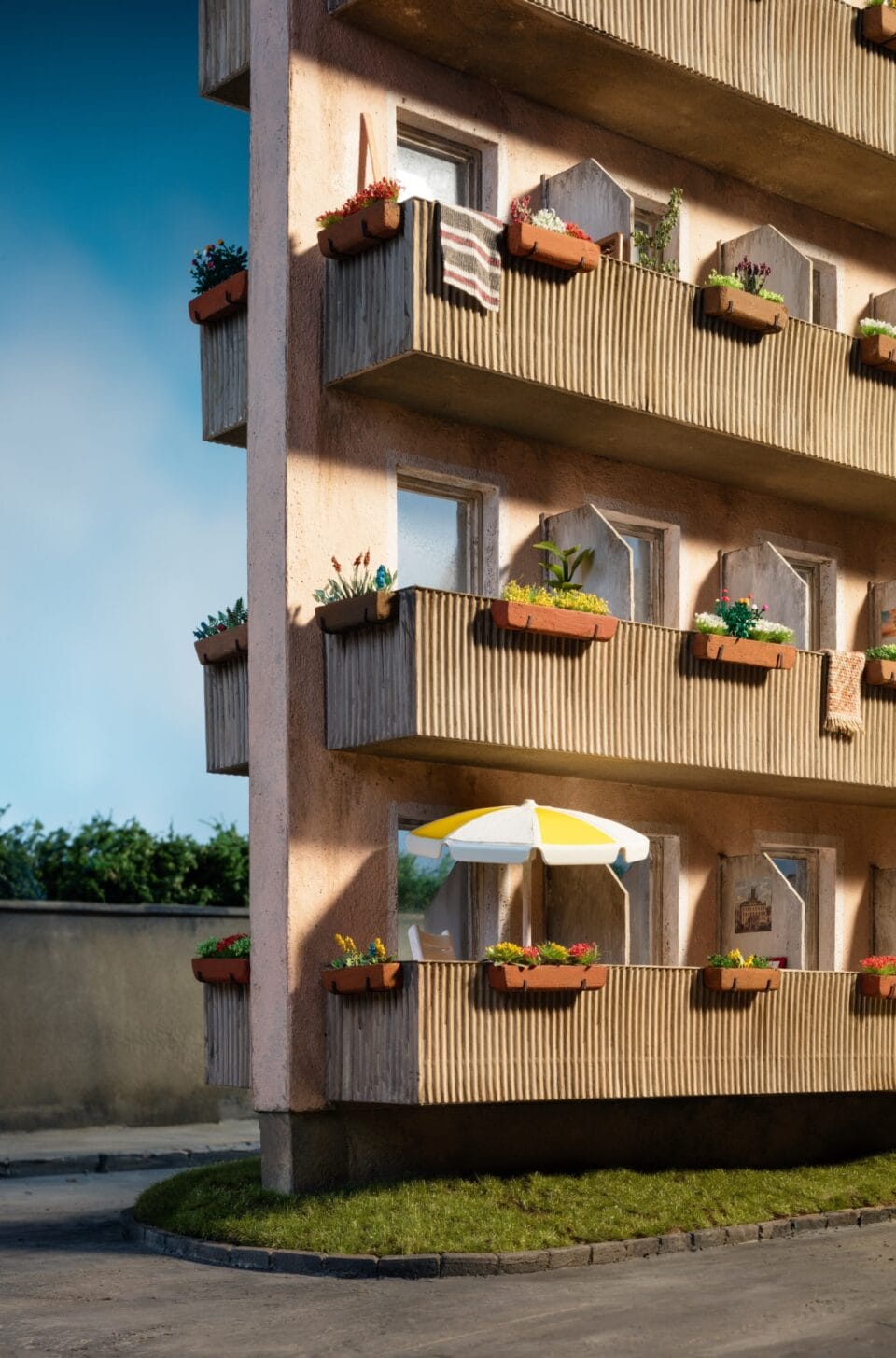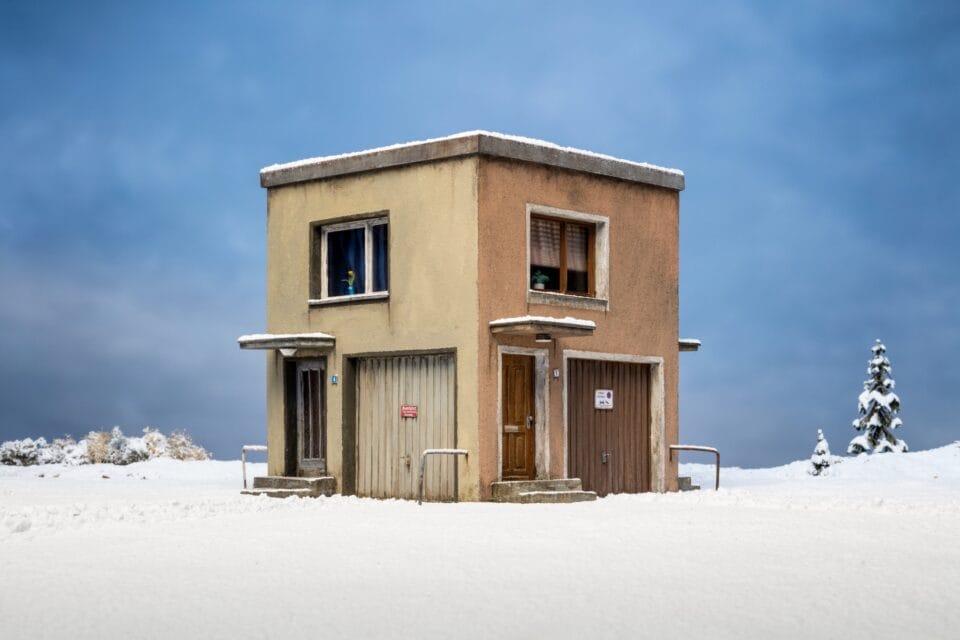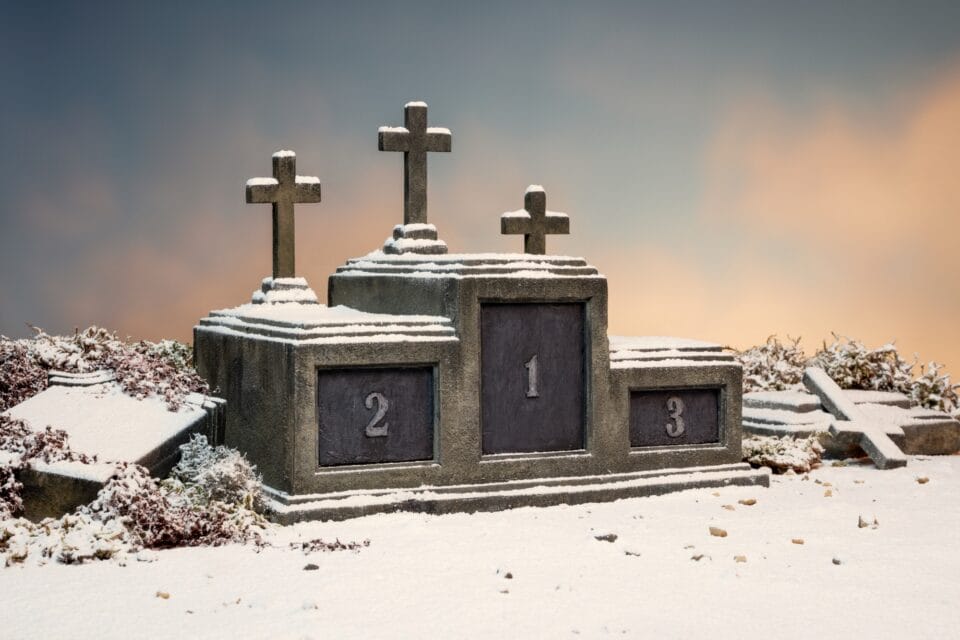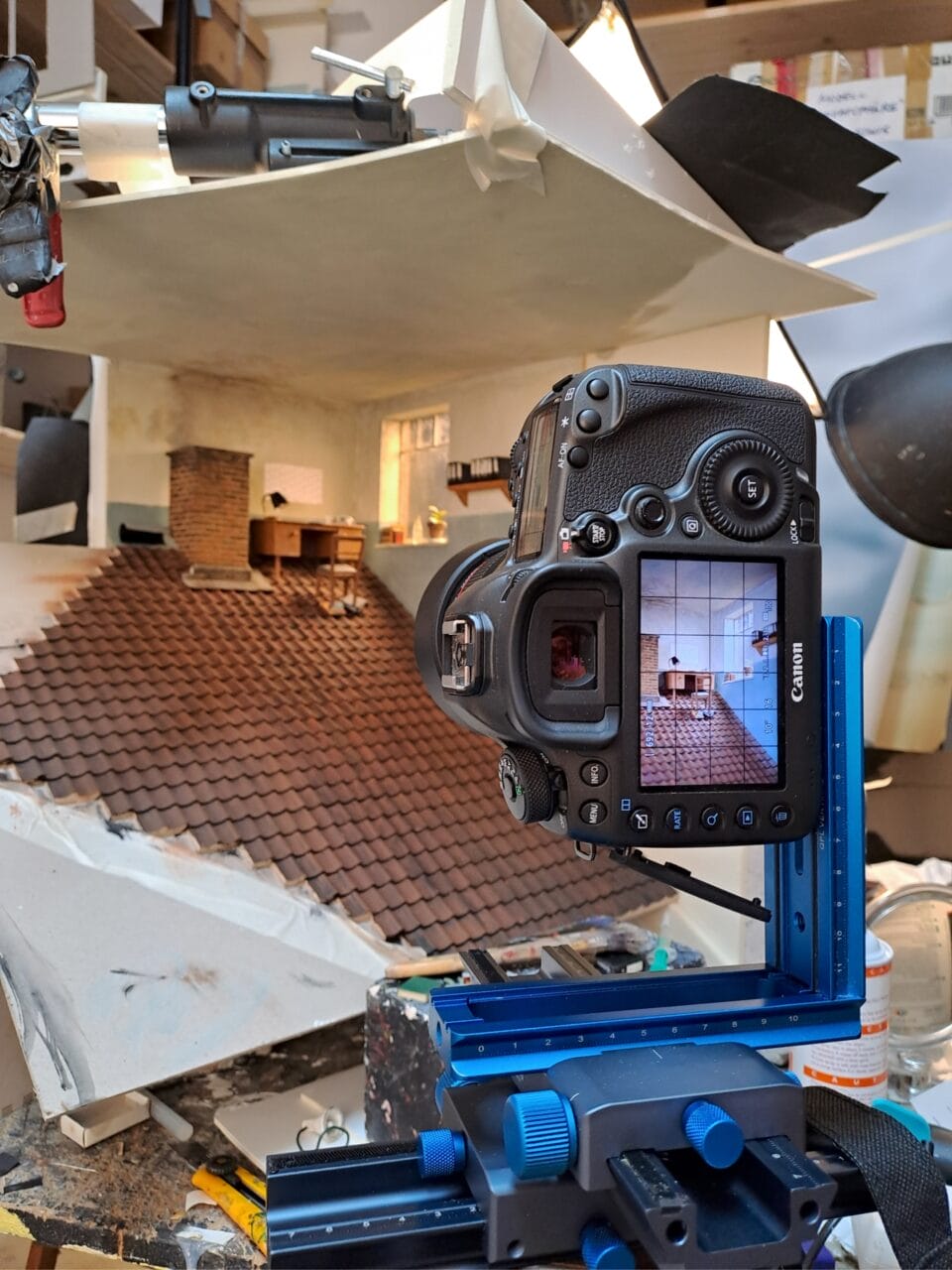Romain Jacquet-Lagrèze Documents Life at the Top of Hong Kong’s Soaring Architecture

Amid the frenzied bustle that is city life, it can be difficult—and even dangerous—to stop and observe what happens above street level. For French photographer Romain Jacquet-Lagrèze, though, looking to the upper floors of residential buildings and commercial towers in Hong Kong has revealed an astonishing ecosystem.
In his new book, Echoing Above, Jacquet-Lagrèze documents the trees, birds, and men who occupy the city’s sky-high dimension. “Hong Kong’s unique density has made the city grow vertically, and I have been inspired by the different aspects that this density brings, from an architectural point of view and also how it has shaped the relationship between men and nature in this city,” he tells Colossal.
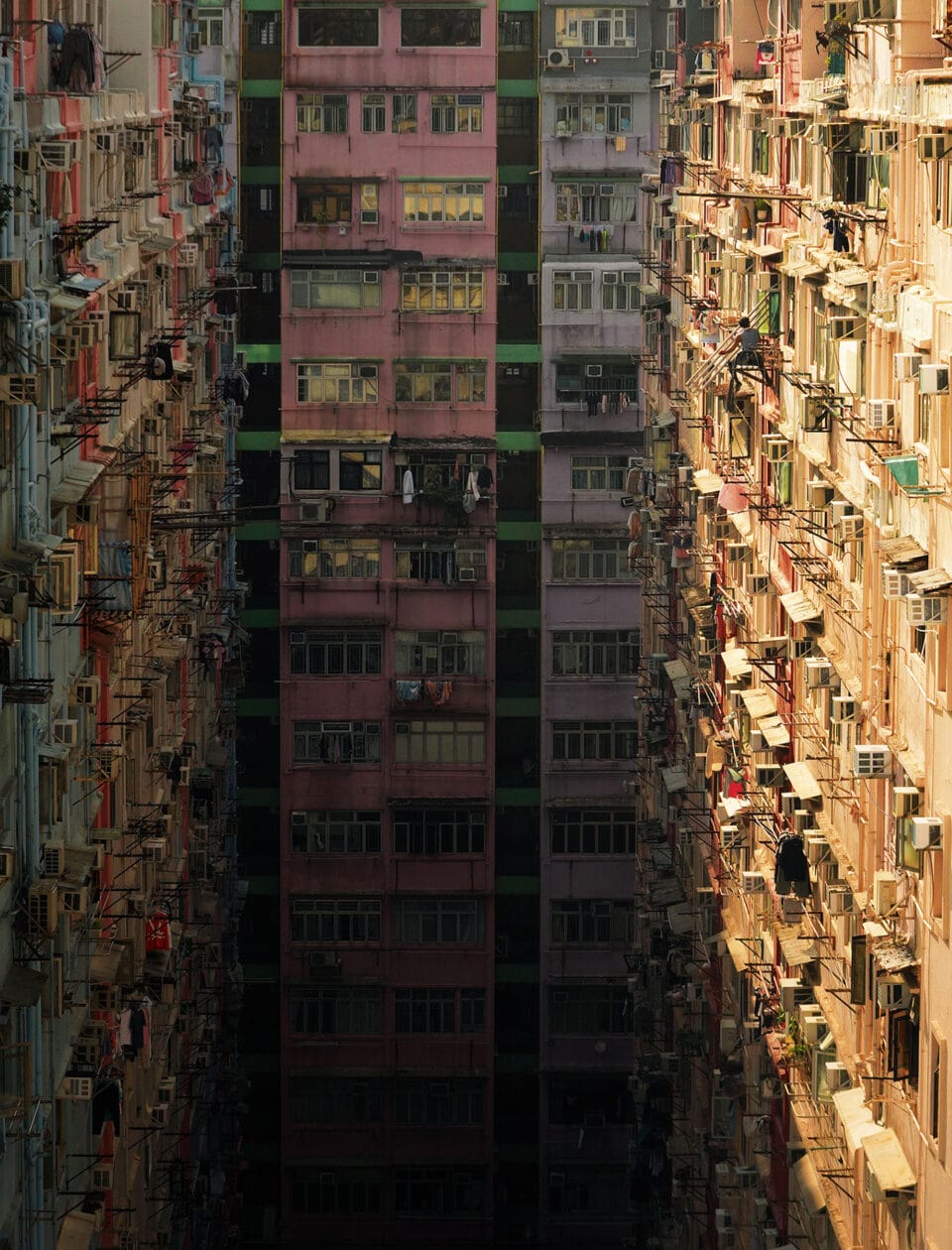
With the South China Sea wrapping three sides and a vast territory devoted to public parks, the region has been largely immune to the horizontal sprawl that characterizes many urban areas. Instead, locals have built up and up, their residences soaring high above the ground.
As mentioned in PetaPixel, Jacquet-Lagrèze typically scouts locations on walks around Hong Kong, where he’s lived for nearly a decade. Kowloon—once home to the legendary walled enclave—is his favorite place to shoot as the vibrant architecture, laundry hanging from windows, and signs of wear bear traces of the people who have left their mark on the city. He’s especially drawn to workers who might dangle off a facade or drill holes amid bamboo scaffolding, in part because they require patience and focus to spot.
Jacquet-Lagrèze’s photos juxtapose balconies and window air-conditioning units with natural life, including the opportunistic Chinese Banyan that sprouts from many roofs. Birds typically eat its small figs and drop the seeds across the city, allowing the hardy trees to sprout amid even inhospitable concrete. “They can thrive and reach very large sizes until it becomes dangerous for the building and has to be taken down,” he says, noting that it seems there’s always one being rooted out.
Despite its ubiquity, this cycle of growth and transplanting happens so far overhead that, from street view, it can easily go unnoticed. “I find it beautiful to see how the presence of trees, men, and birds are taking turns above our heads, like an echo in a concrete canyon,” the photographer adds. His images also capture the interplay of light of shadow as entire sides of buildings are blanketed in darkness, reminding us of how little sunlight reaches the ground floor.
Echoing Above and other books are available on Jacquet-Lagrèze’s website, and some of this photo series will be on view this month at Blue Lotus Gallery in Hong Kong. Find much more on Instagram.
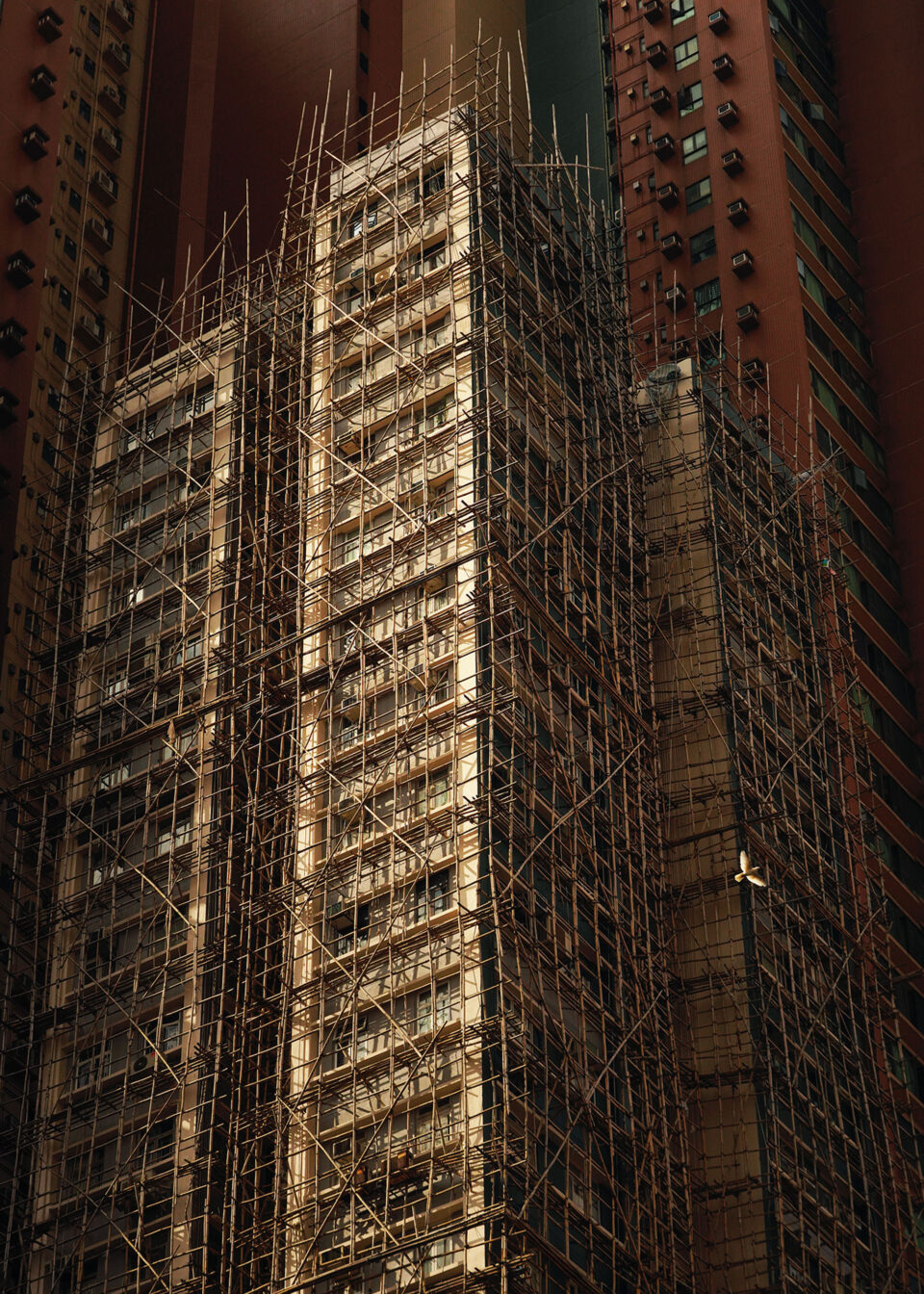
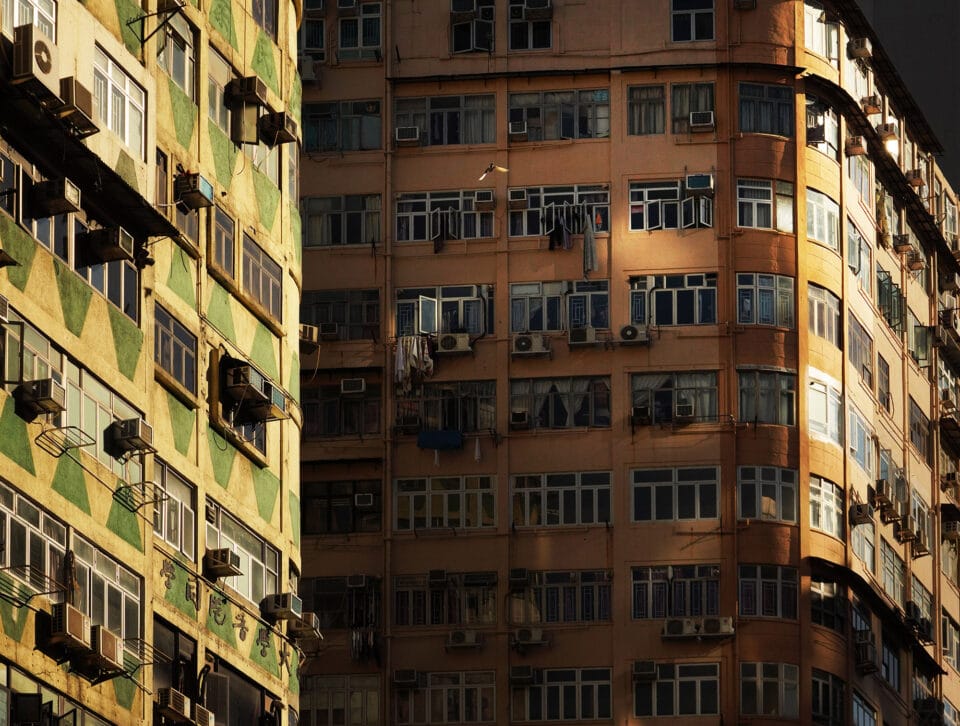
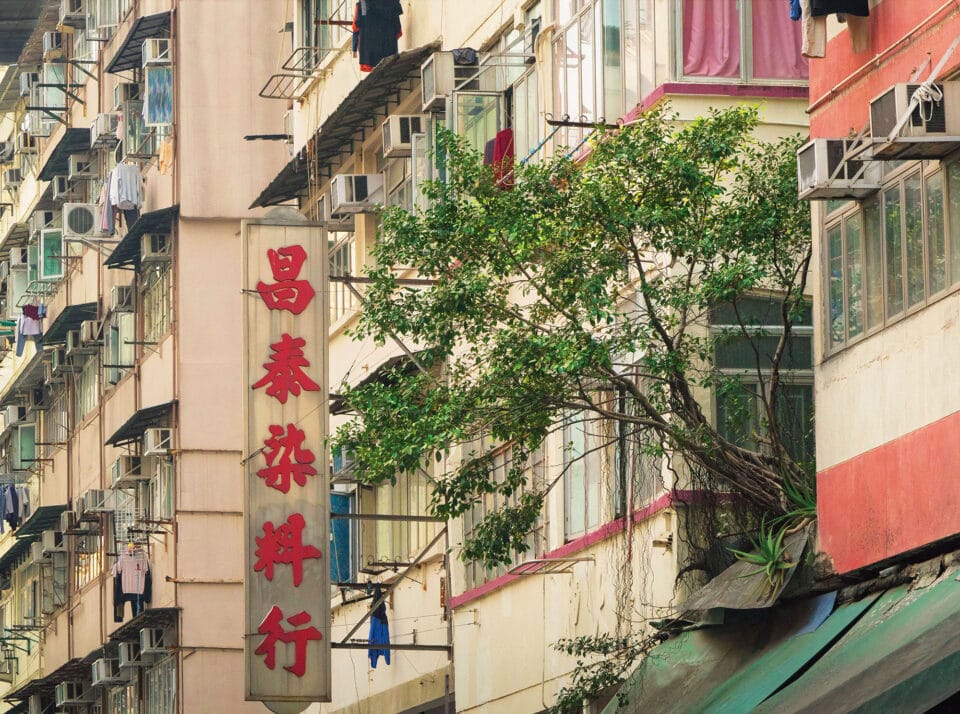
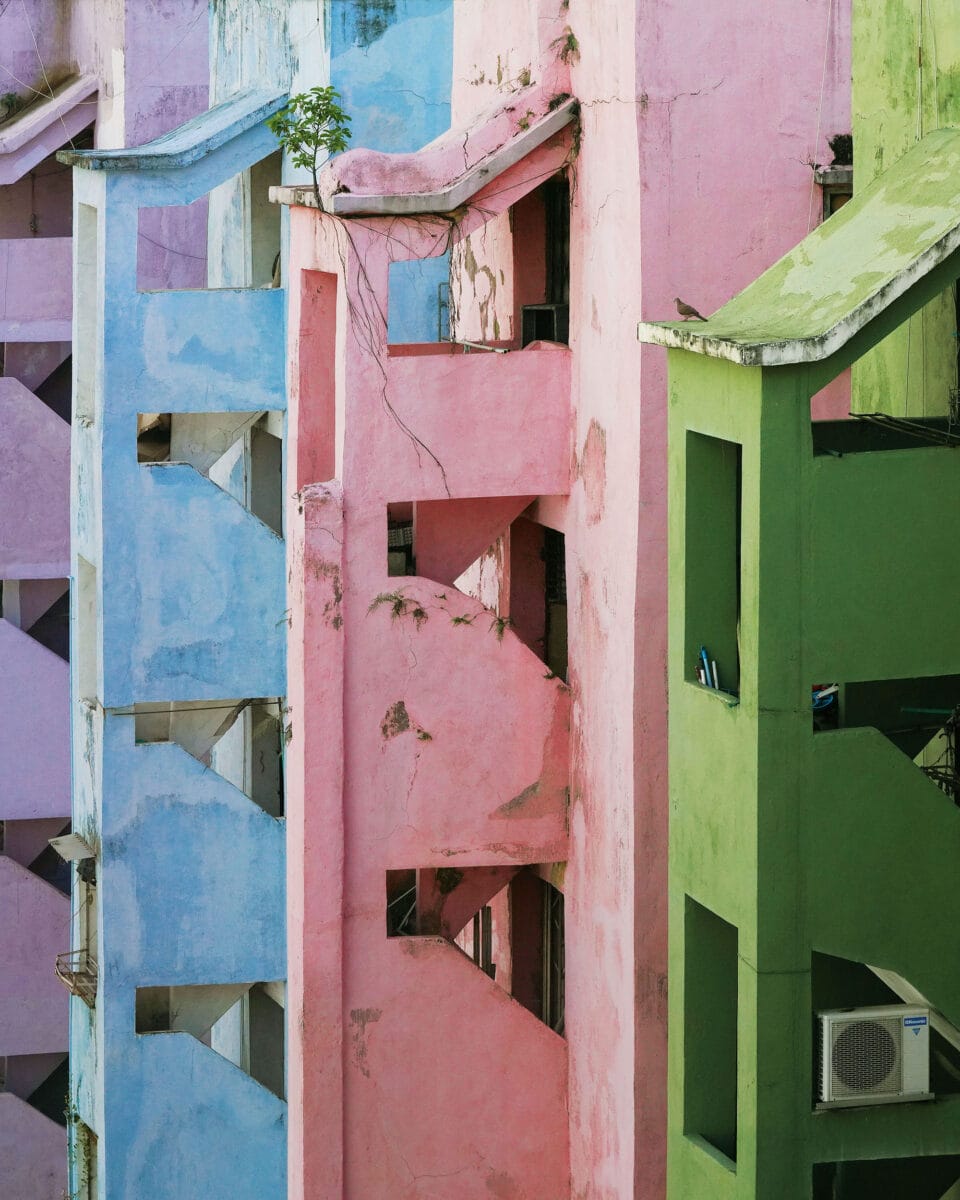
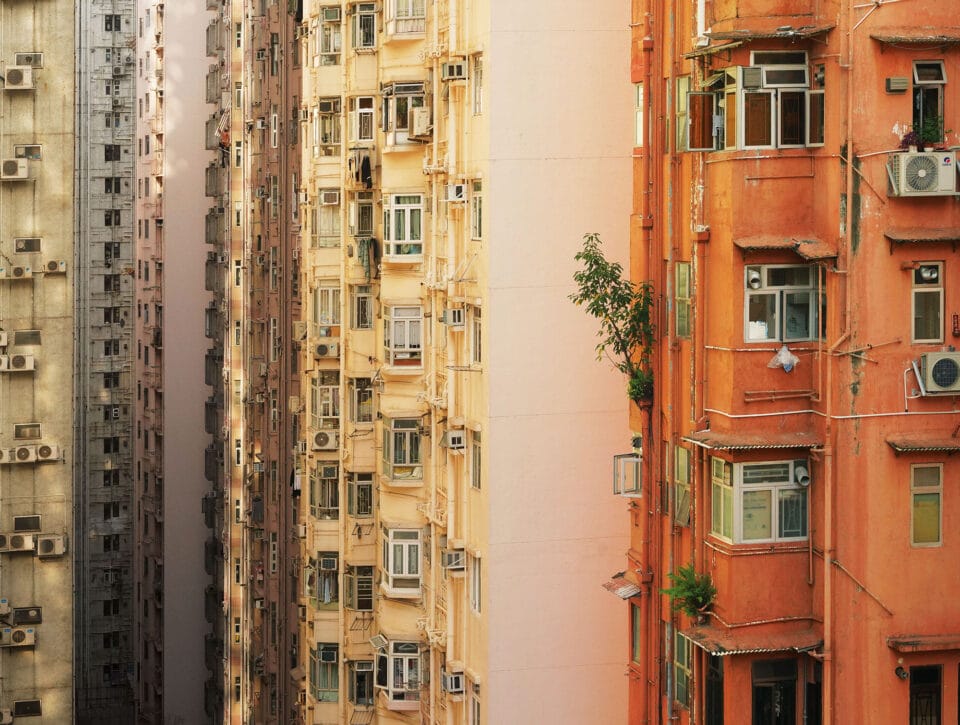
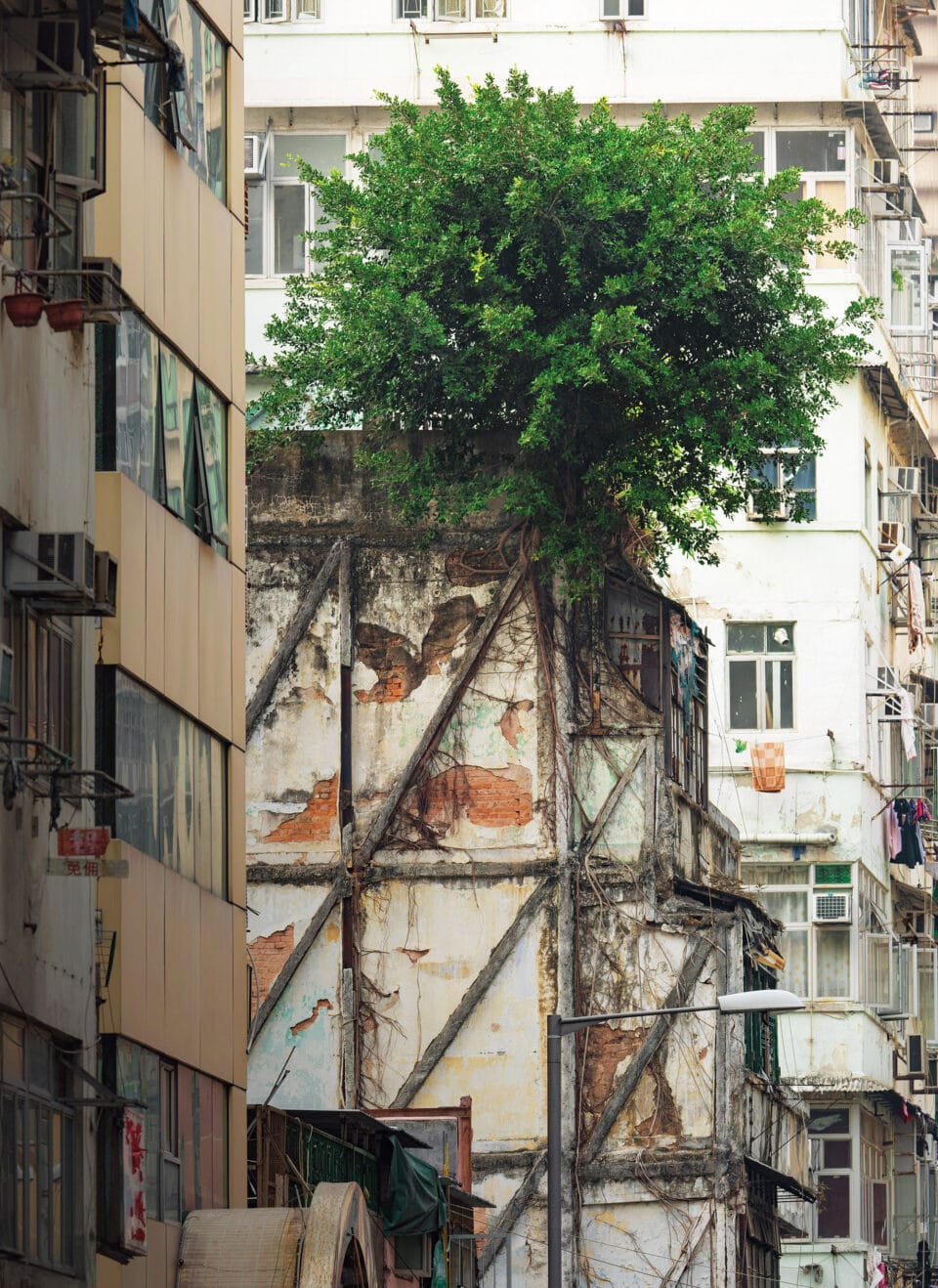
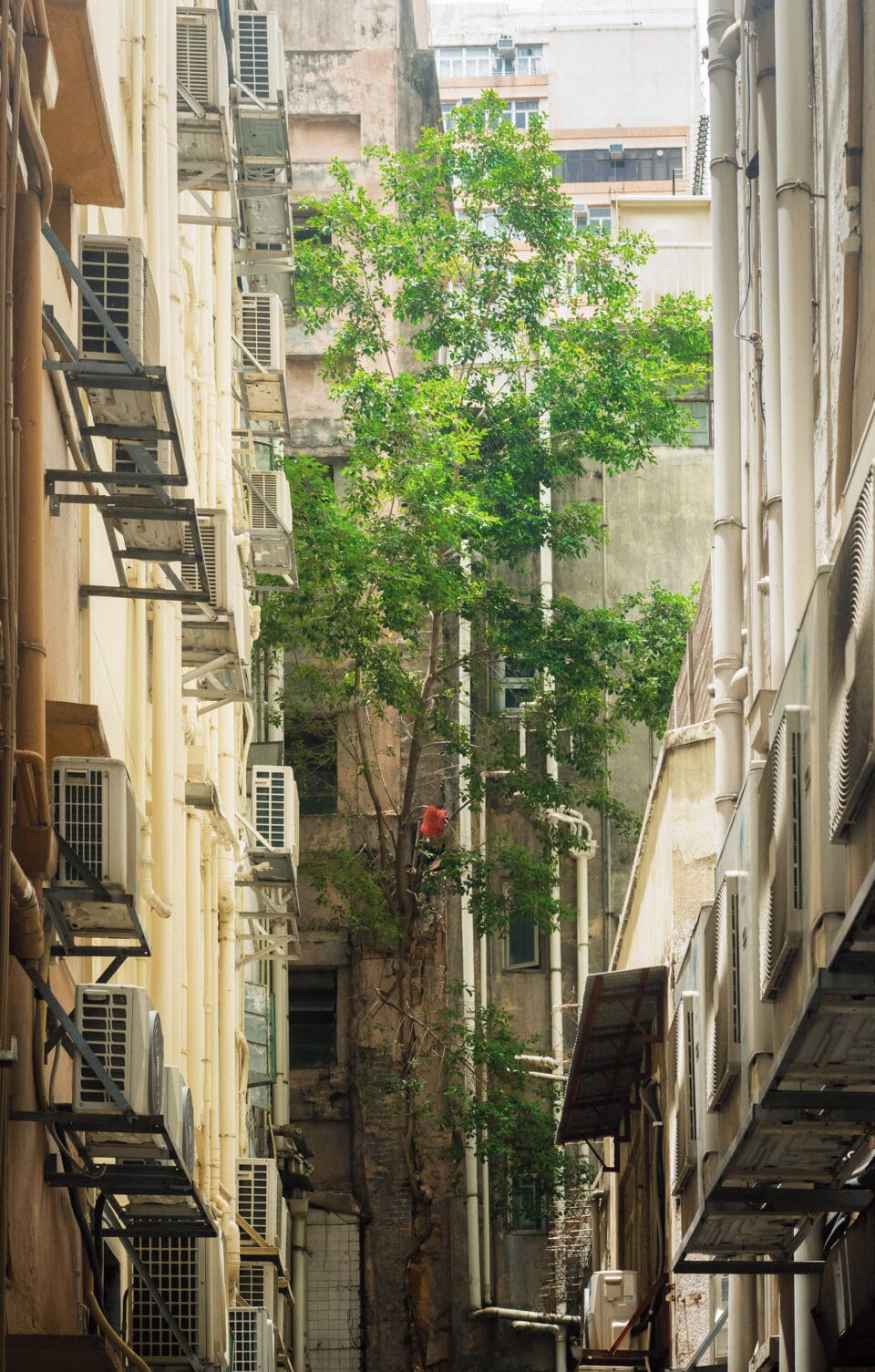
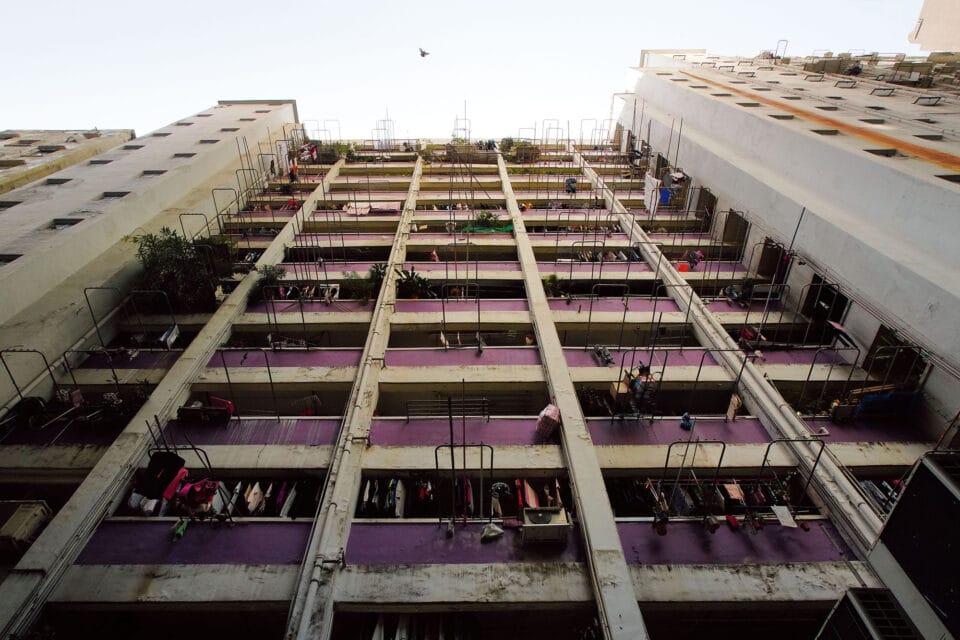
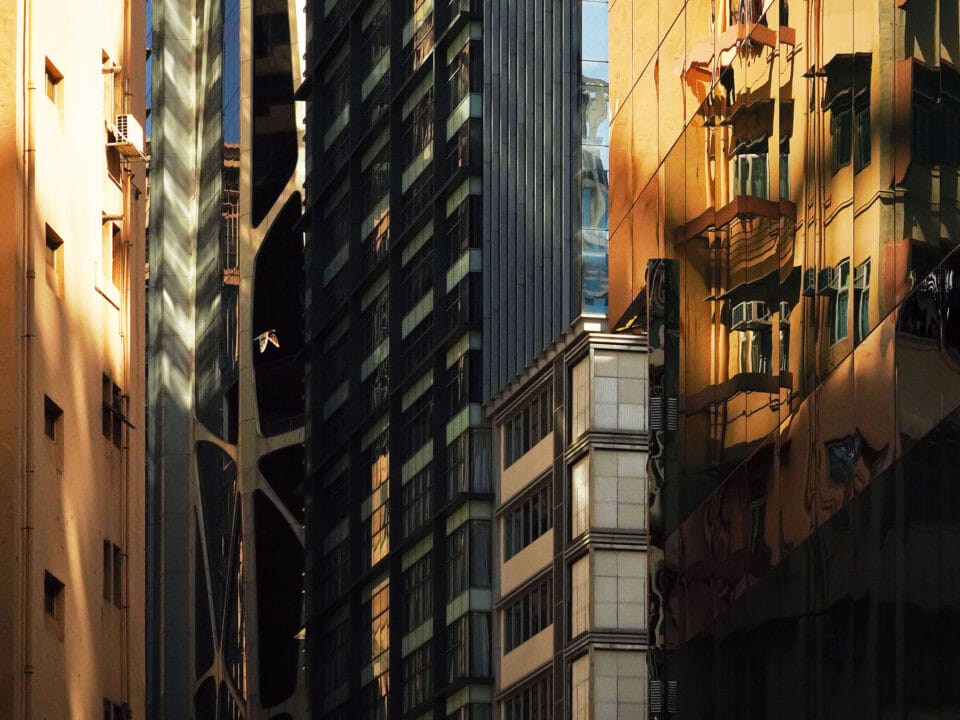
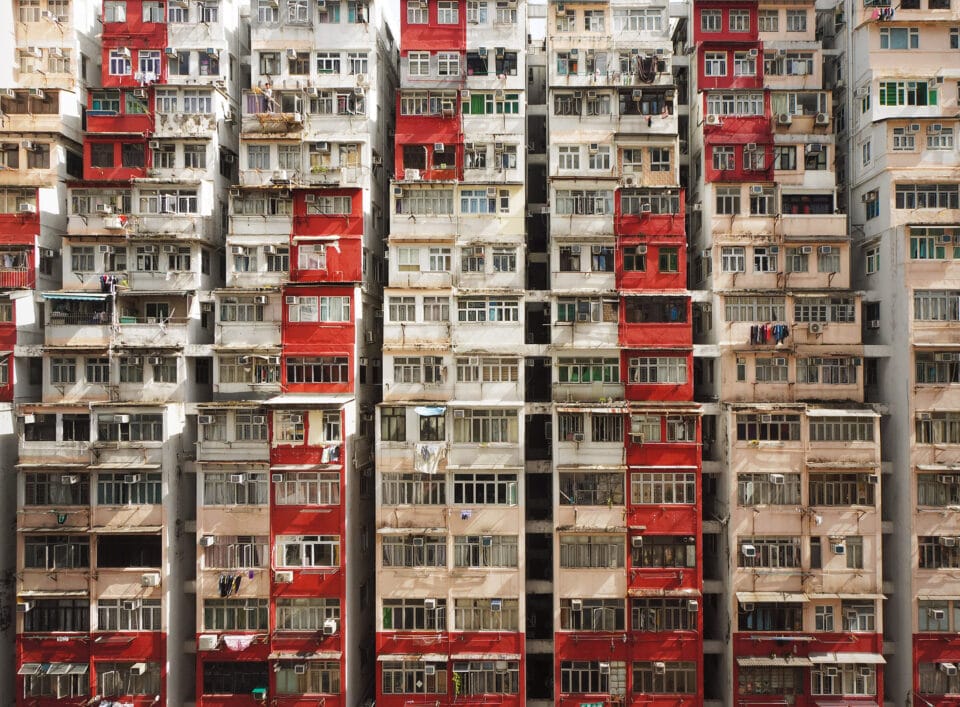
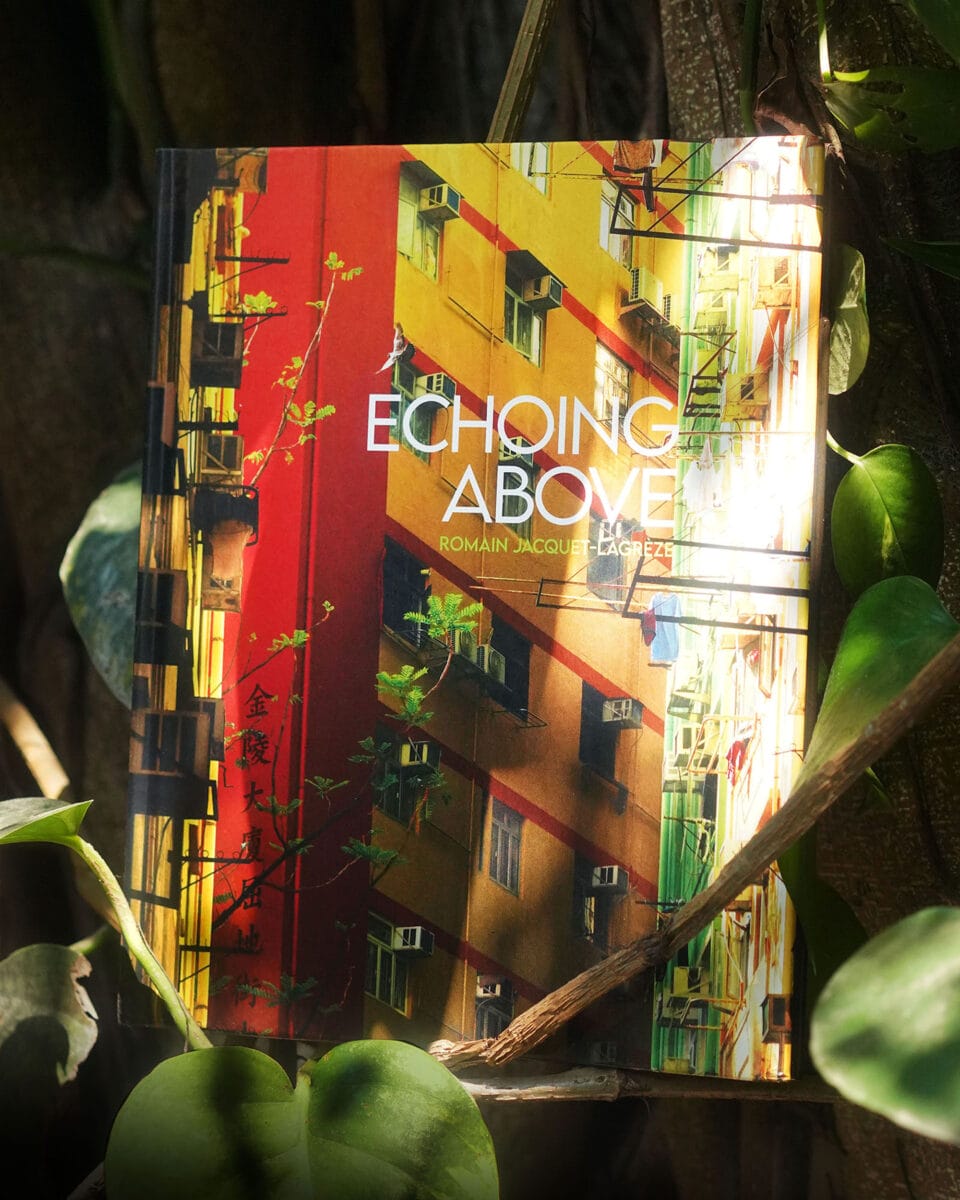
Do stories and artists like this matter to you? Become a Colossal Member today and support independent arts publishing for as little as $7 per month. The article Romain Jacquet-Lagrèze Documents Life at the Top of Hong Kong’s Soaring Architecture appeared first on Colossal.

